Title : Trends and distribution of snakebite cases in Uganda, 2020–2024
Abstract:
Background: Snakebite envenoming remains a significant yet neglected public health challenge in Uganda, disproportionately affecting rural and agricultural communities.
Limited data on the spatiotemporal dynamics of snakebite hinder targeted interventions. We described the trends and distribution of snakebite cases in Uganda from 2020 to 2024, to inform evidence-based prevention strategies.
Methods: We conducted a descriptive analysis of snakebite data from the District Health Information Software. We calculated the incidence rates/1,000,000 population by age, sex, year and district. We assessed the significance of temporal trends using the Mann–Kendall test. We correlated rainfall data with annual snakebite incidence using Pearson’s correlation coefficient.
Findings: From 2020–2024, Uganda reported 50,011 snakebite cases, with a national incidence of 250 per 1,000,000 population. Adults ≥20 years were most affected (318/1,000,000), and incidence was slightly higher among females (245/1,000,000). Incidence was highest in 2024 (259/1,000,000) and lowest in 2022 (200/1,000,000), reflecting a non-significant upward trend (p=0.2207). The West Nile and Acholi regions consistently experienced the highest burden, with rates above 1,000/1,000,000. Moyo District appeared in the top five every year. A positive association between rainfall and snakebite incidence was noted in 2021 and 2024.
Conclusion: Snakebite envenoming showed clear geographic and demographic differences, with the highest burden in the West Nile and Acholi regions. The correlation between incidence and rainfall variability suggests a complex interplay of environmental and behavioural factors. We recommend surveillance and exploration of the underlying factors contributing to the persistent incidence, especially in the West Nile and Acholi regions.
Keywords: Snakebite, Incidence, Uganda, Neglected Tropical Disease.



